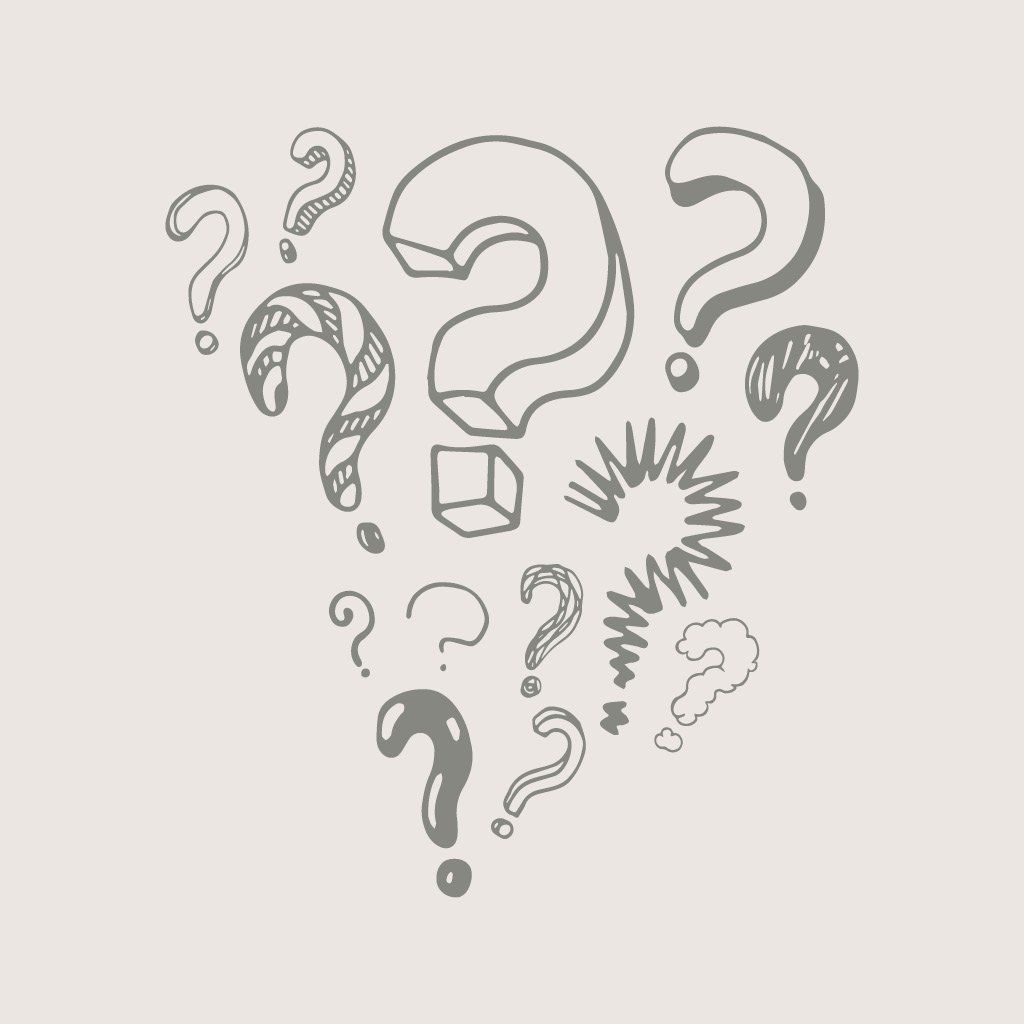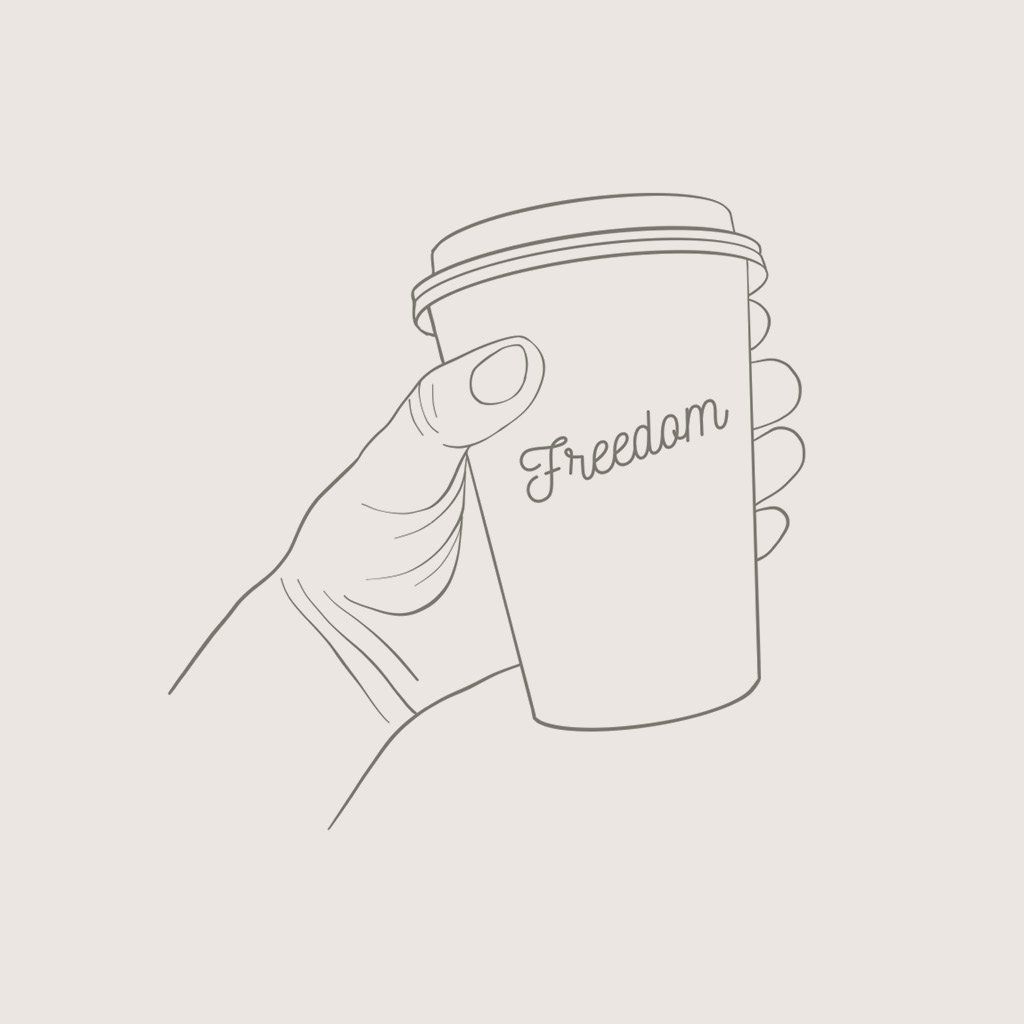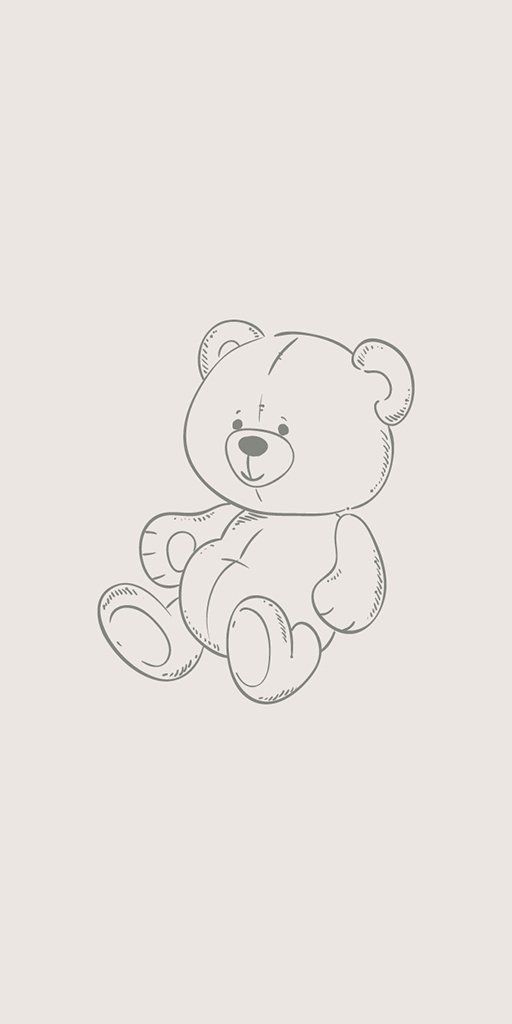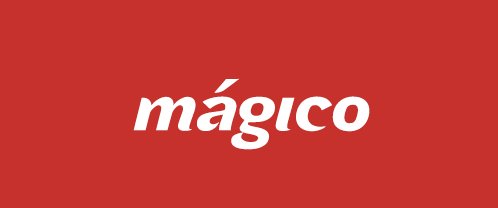PANDEMIC, LOCKDOWN. BEEN THERE, DONE THAT.
By now, we all know the drill when it comes to staying home and staying safe. But what about marketing strategies? Do you wait until life returns to Level 1 normality and then go back to doing the same old, same old?
Yeah, nah. After more than a year of Covid-enforced behaviour, it's clear that "business as usual" just won't cut it.
But don't just take our word for it. McKinsey & Company tell us that marketers will now need to think hard—and differently—about what the consumer in the next normal will think, feel, say and do.
Why? Because so much has changed.
Here are just three examples:
- Customer Attitudes have changed
- The World Had gone more Digital than ever
- Agility and responsiveness really matter
Customer Attitudes have changed
The pandemic has had a very direct effect on consumers' attitudes. These attitudes, along with all the usual demographic and behavioural characteristics, will influence how consumers respond to marketing messages as we move forward.
Harvard Business Review shares the results of research by the EY Future Consumer Index, identifying five different consumer segments:
- Affordability first
(32% of consumers): Living within their means and budget, focusing less on brands and more on product functionality.
- Health first
(25%): Protecting their health and that of their family, choosing products they trust to be safe and minimizing risks in the way that they shop.
- Planet first
(16%): Trying to minimize their impact on environment and buying brands that reflect their beliefs.
- Society first
(15%): Working together for the greater good, buying from organizations they find to be honest and transparent.
- Experience first (12%): Living in the moment to make the most of life, often making them open to new products, brands, and experiences.
Which segment(s) are the most likely purchasers of your products? Would your current messaging resonate with those people? Time to rethink.
The World Has Gone More Digital Than Ever
Driven by lockdowns and social distancing, in the course of a couple of Covid-ravaged months the world leapt ahead five years in terms of digital adoption. Millions of people made their first ecommerce transactions in 2020, including more than 305,000 New Zealanders who last year, according to NZ Post, shopped online for the first time ever.
Consumer attention has increasingly migrated online as well, with Kiwis now spending 6 hours and 39 minutes a day using the Internet (Global Web Index Q09 524 2394.
Yes, plenty of marketers have made the move online (more than half of NZ advertising expenditure was digital in 2020), but there's a whole lot more to connecting with consumers than simply uploading your TV commercials to YouTube.
Marketers need to rethink their interactions with consumers. How? Here's a hint: the answer lies in the data.
Agility and Responsiveness Really Matter
In early 2020, the travel-booking company Hotels.com had planned to continue running a series of commercials featuring the company's mascot, Captain Obvious, riding in an airplane; "his arm is pressed up against one fellow passenger and his fingers are dipping, with abandon, into another’s proffered bag of snacks".
Definitely out of sync in socially-distanced, flight-avoiding times.
Instead, Hotels.com quickly put together a new spot. In it, Captain Obvious is still snacking, but this time he first uses hand sanitizer before eating popcorn in silence and isolation. “This is Captain Obvious,” reads the text on screen. “He’s going to be social distancing for a while. And you should too.”
Another example of a marketer reacting quickly: Coca-Cola.
In April 2020, the Coca-Cola Company announced that it was reducing marketing costs globally, and, in some markets, coming “off-air” entirely. The company's advertising expenses fell 35%, or US$1.47 billion, to $2.77 billion in 2020.
That decision was driven by a 25% decline in global consumption volumes in the first quarter of 2020, largely driven by significant declines in the company's away-from-home business, as bars, restaurants, cinemas and stadiums went black.
The move was completely understandable, given the circumstances. But Coke didn't just wait around hoping. Instead, the company turned its attention to "ruthlessly prioritising" core brands and getting rid of zombie brands.
Then, when markets began re-opening, the company was ready.
By July 2021, the Coca-Cola Company announced a doubling of its marketing spend for the year.
After an 11% decline in revenues in 2020, Coke is projecting organic revenue growth of 12% to 14% in 2021.
TO SURVIVE AND THRIVE IN THE NEW NORMAL, YOU NEED TO EMBRACE AGILITY IN YOUR BUSINESS.
Sequoia Capital made a similar point: the businesses that will survive this disruption “are not the strongest or the most intelligent, but the most adaptable to change.”
How Agile is Your Marketing?
Agility was once largely a technology buzzword: rapid development and releases. Post-pandemic, it's become a key element for all aspects of business (and especially marketing).
Are
YOU ready to switch up your marketing strategies to adapt to circumstances which can change from moment to moment?
IF YOU’D LIKE TO KNOW MORE ABOUT MAGICO’S APPROACH TO AGILE MARKETING, PLEASE CONTACT US.
Share





